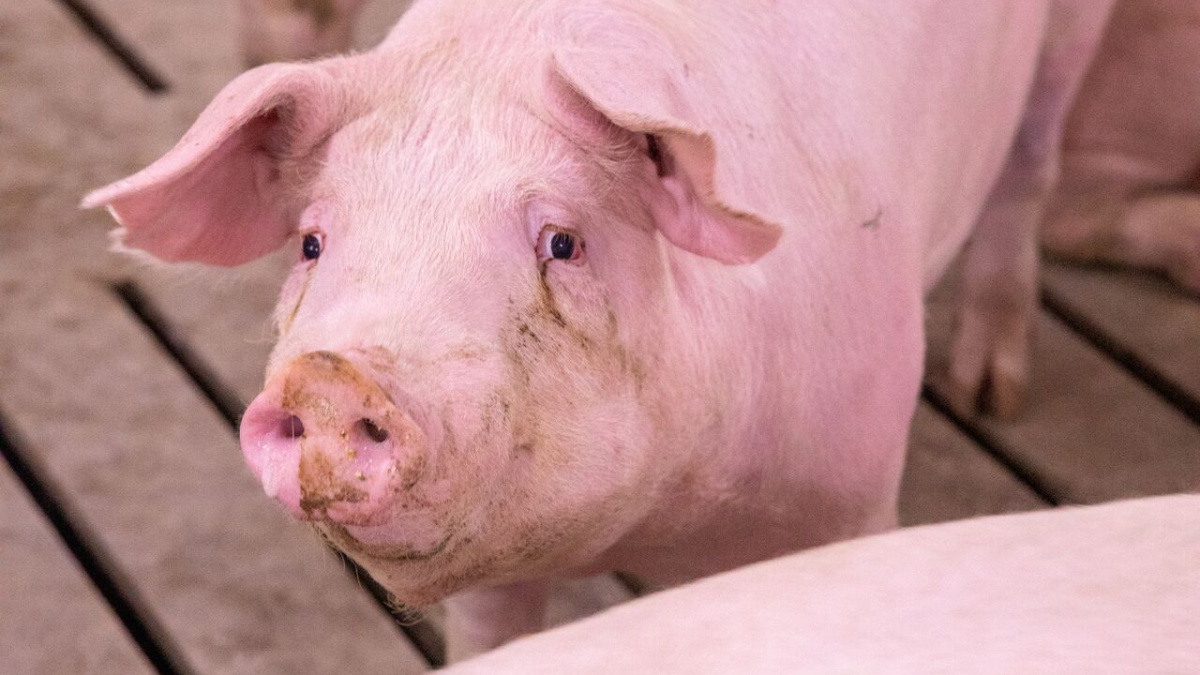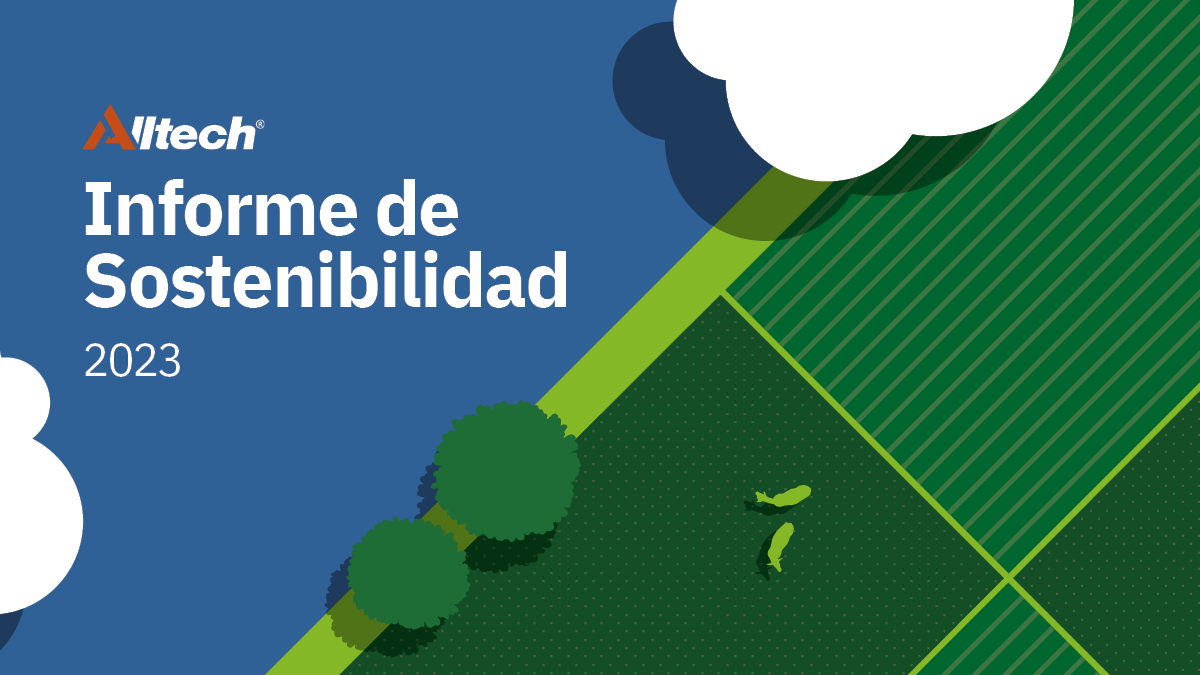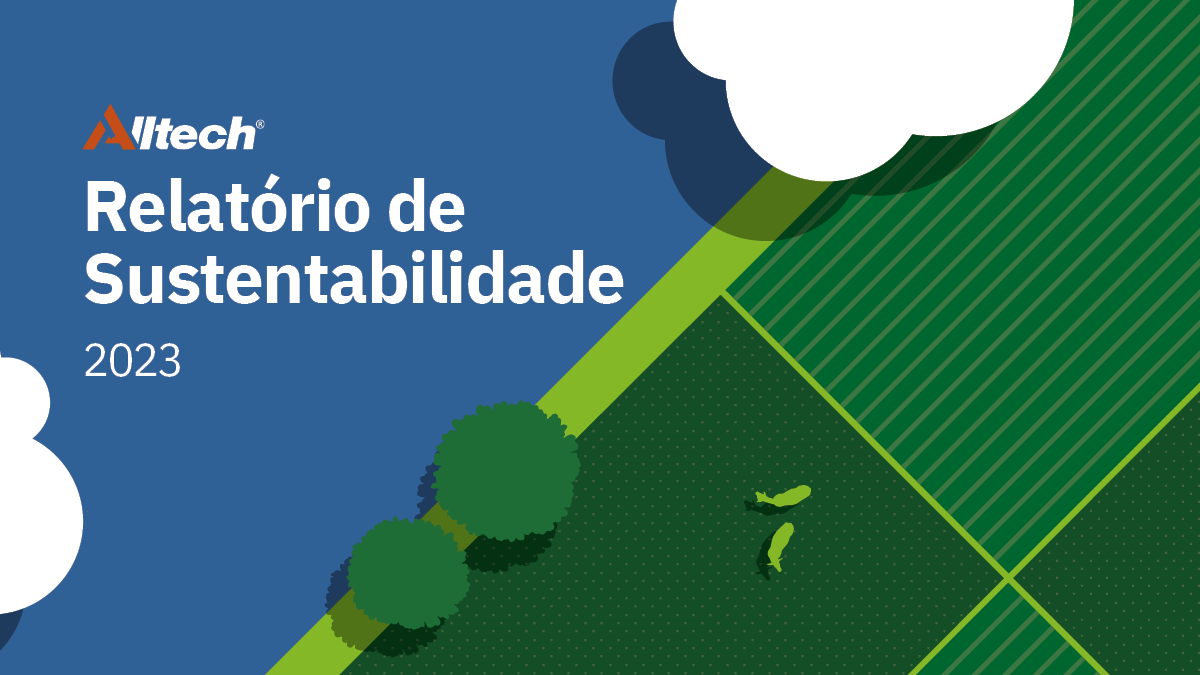Feeding pigs corn: What the 2024 harvest means for pig farmers
Weather challenges
2024 has presented different challenges for the corn crop. It started with record to near-record spring rainfall across the upper Midwest, leading to late planting, drown-outs and replanting. This delayed the crop’s maturity. In June, the rain stopped, and the crop became uneven, needing heat. As temperatures rose across the Midwest, the corn responded well, but in the east, drought hit it hard. Some ear rot developed, and tar spot was heavy in parts of the Midwest and the Ohio Valley.
Corn health and harvest conditions
Corn health ranged from excellent to poor across the U.S. When harvest began in the Midwest, the weather was excellent, with dry conditions, allowing for a rapid harvest. Corn was coming out of the field dry, needing little to no drying. The USDA reported a yield of 15.2 billion bushels or 183.8 bu./acre, slightly less than the 2023 crop but still significant.
Kernel damage and storage concerns
However, many samples showed high kernel damage and foreign matter content. This could make the corn more susceptible to drawing moisture and mold growth during storage, increasing the risk of mycotoxin development. Proper storage management is crucial for maintaining the quality of corn used in pig feed and other livestock feed.
Mycotoxin levels and risks
Analysis of corn grain found an average of 7.8 mycotoxins per sample, higher than the 2023 crop's 4.5 mycotoxins per sample. Mycotoxins have no safe level, meaning even low levels can pose risks. The most common mycotoxin groups were emerging mycotoxins (found in 100% of samples), fumonisins (86.7%), type B trichothecenes (81.9%), and fusaric acid (80.0%). Zearalenone was present in 46.7% of the samples. These mycotoxins, produced by Fusarium molds, can significantly impact swine health, affecting feed intake, digestion, conception rates and more.
Mycotoxin levels: Average and maximum
On average, mycotoxin levels were mostly moderate in risk: type B trichothecenes at 382 ppb, emerging mycotoxins at 168 ppb, fumonisins at 1,371 ppb, and fusaric acid at 105 ppb. However, maximum levels were much higher, with type B trichothecenes at 3,702 ppb, emerging mycotoxins at 8,313 ppb, fumonisins at 27,597 ppb, and fusaric acid at 1,931 ppb. These mycotoxins can act synergistically, increasing their negative impact on pig feed.
Risk equivalent quantity (REQ) and regional variations
Alltech produces a risk equivalent quantity (REQ) to estimate the total risk from all mycotoxins (7.8 /sample on average) present, rather than just 1 or 2 mycotoxins to estimate risk. For sows, the 2024 corn crop had an average REQ of 63.7 and a maximum of 554. With normal corn inclusion rates into the diet(s), the average mycotoxin risk in finished feeds is moderate, but maximum levels can generate higher risks.
The risk that 2024’s corn represents increases from west to east, with the greatest risk found in the Ohio Valley and Delmarva.
Storage management is key
Storage management is crucial to prevent mycotoxin development, especially for the 2024 crop. It is highly recommended to continue testing corn for mycotoxins throughout the storage period to monitor any potential changes due to mold and mycotoxin development. Then, you can know you’re making informed decisions for your mycotoxin management program.
About the author:

Dr. Max Hawkins offers global technical support at Alltech. In this role, he provides technical support directly to Alltech’s customers, as well as the Alltech Feed Division and the company’s sales, beef and swine teams.
Hawkins has dedicated his career to providing the livestock industry with up-to-date information about the mycotoxin risk around the world. Before joining Alltech, Hawkins taught animal science at Morehead State University and animal nutrition and production at California Polytechnic State University, where he also coached the school’s livestock judging team. As the director of genetic outreach for the National Purebred Swine Registry, he led the group’s field staff and helped producers develop their genetic and performance programs. Hawkins previously served as a technical consultant for the Continental Grains Wayne Feed Division. He also offered sales and technical support at Micron Bio-Systems, with a special focus on mycotoxin management, forage inoculants and probiotics.
Hawkins received a bachelor’s degree from Western Illinois University and both master’s and doctoral degrees from the University of Tennessee. While completing his studies at the University of Tennessee, he coached the university’s livestock judging team and taught livestock production classes.
I want to learn more about pig nutrition.
- Read more about Feeding pigs corn: What the 2024 harvest means for pig farmers
- Log in to post comments

<script charset="utf-8" type="text/javascript" src="//js.hsforms.net/forms/v2-legacy.js"></script>
<![endif]--><script charset="utf-8" type="text/javascript" src="//js.hsforms.net/forms/v2.js"></script><script>
hbspt.forms.create({
portalId: "745395",
formId: "60231863-171f-40d3-8aab-9c79cd363ae2"
});
</script>























